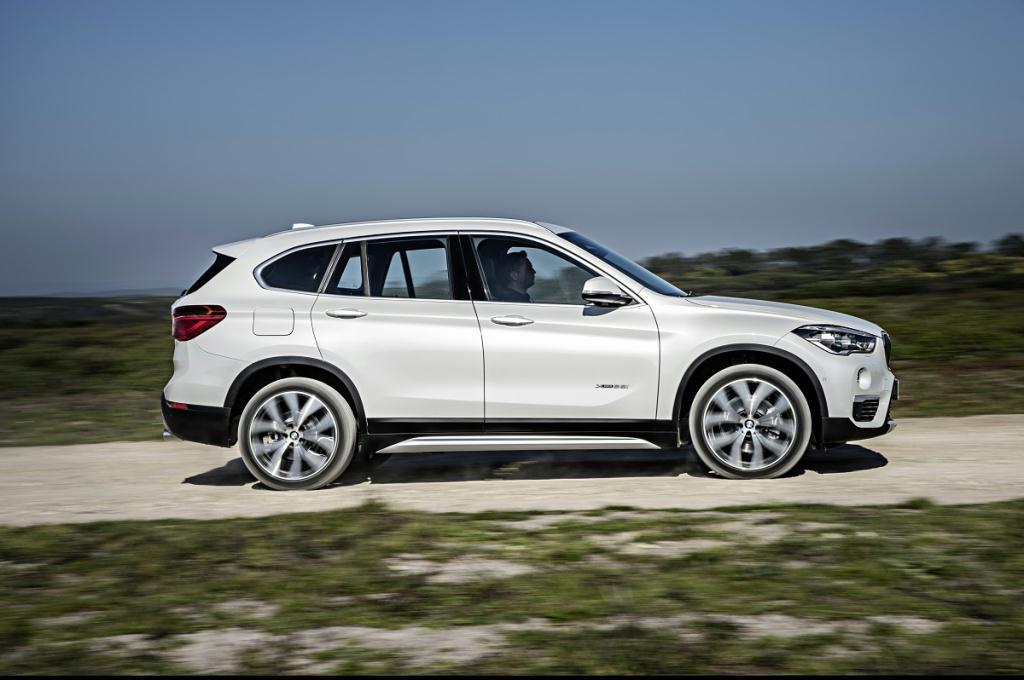Mazda Launches Major Campaign, Puts Emotion Back into ‘Zoom Zoom’
By Gabe Nelson. Published on May 22, two thousand fifteen .
Fifteen years after coining the slogan "Zoom Zoom" to pitch its cars to customers who see driving as a pleasure and not a chore, Mazda Motor Corp. is hoping to refine its fun-to-drive message by launching its largest U.S. marketing campaign in two years under a fresh tagline: "Driving Matters."
This Mazda Ad Abruptly, Weirdly Becomes . Not a Mazda Ad
Mazda Turns to ‘Game Changers’ in Apple-Like Campaign
Mazda lacks the name recognition and marketing dollars of rivals like Honda and Toyota. But executives hope a round of emotionally charged advertising will draw customers to its pint-sized CX-3 crossover and a redesigned version of the iconic MX-5 Miata roadster.
"When we go into a concentrate group, we do a very first opening statement. ‘When I say Mazda, what do you think of?’" said Russell Wager, VP-U.S. marketing at Mazda. "Nine times out of ten they say ‘Zoom Zoom,’" he added, banging a table for emphasis. "Then I’ll ask them to explain to me what ‘Zoom Zoom’ means, and I’ll get six or seven different answers. That’s what Driving Matters is supposed to address. It’s supposed to solidify what ‘Zoom Zoom’ means to people."
Mazda will begin its shove Friday with a 60-second spot called "A Driver’s Life" that will air on TV and in movie theaters nationwide.
Narrated in sentimental rhyme, the advertisement shows a man’s life arc from one sports car to another. He drives a beat-up MX-5 Miata roadster through college. When he gets married, he buys a Mazda3 for practicality’s sake, followed by a CX-5 crossover to fit a growing family. In middle age he buys a fresh MX-5 because it "reminds you of when you were you," as the actor Aaron Paul, best known for his role in the television series "Violating Bad," says in a voiceover.
Mazda’s campaign also includes forty seven advertisements in twenty six magazines and home-page advertisements on websites such as YouTube.com and ESPN.com.
It substitutes the two-year-old "Game Changers" campaign, which compared Mazda’s products to groundbreaking inventions. Mr. Wager said the outgoing campaign did its job by raising Mazda’s brand awareness and informing customers about its suite of Skyactiv engines and chassis, but customers didn’t have strong feelings.
"We need more people to have an opinion," he said.
The very first TV ad is purely emotional, but others seek to demonstrate how Mazda’s safety features, efficient engines and agile treating make life better. A 2nd spot called "Superstrada," which will show up on TV kicking off June 1, will demonstrate the singular moment of driving joy that a Mazda possessor looks forward to on an otherwise abate commute.
Making its debut the same day is a YouTube movie geared toward car enthusiasts, for which Mazda balanced the fresh Miata on a fulcrum to display off a flawless 50-50 weight distribution from front to rear.
The entire campaign was devised by Orange County-based Garage Team Mazda, which was formed in two thousand ten by advertising giant WPP to serve as Mazda’s creative agency of record. Garage Team Mazda was also responsible for the two thousand thirteen launch of "Game Changers," which was the very first major campaign that Mazda had launched since "Zoom Zoom" in 2000.
Mazda will proceed using the Zoom Zoom slogan in its advertising during the Driving Matters campaign.
Game Changers used dark, intense colors, often placing crimson cars against black backgrounds. The faded colors of Mazda’s fresh advertisements look as if they’ve been run through a filter on the photo-sharing website Instagram, to make them feel more real and less like "fantasy," Mr. Wager said.
Mazda also made a minor switch to its insignia for the campaign. Underneath the company’s winged ‘M’ logo, the word "Mazda" now has a glowing blue border and a larger font to help people associate the logo with the Mazda name.
Mazda hopes its advertisements will appeal to a specific type of person, which it calls the "Global Mazda Target." But rather than targeting a demographic, Mazda aims for a "psychographic," of people who love to drive, are well informed and are more interested in collecting practices than things.
A few years ago, marketing research displayed that one-third of car buyers fit into this mold, Mr. Wager said. More latest numbers suggest that just one-fourth of car buyers fit the mold. More and more people just want a car to get from Point A to Point B, so they may not be willing to spend a little bit extra for a Mazda.
That still leaves four million cars in a U.S. market where sixteen million cars are sold per year, Mr. Wager said, which means there is room for Mazda to grow. The company sold 305,801 vehicles in 2014, a 1.8 percent share of the U.S. car and light truck market.
–Gabe Nelson is a reporter for Automotive News
